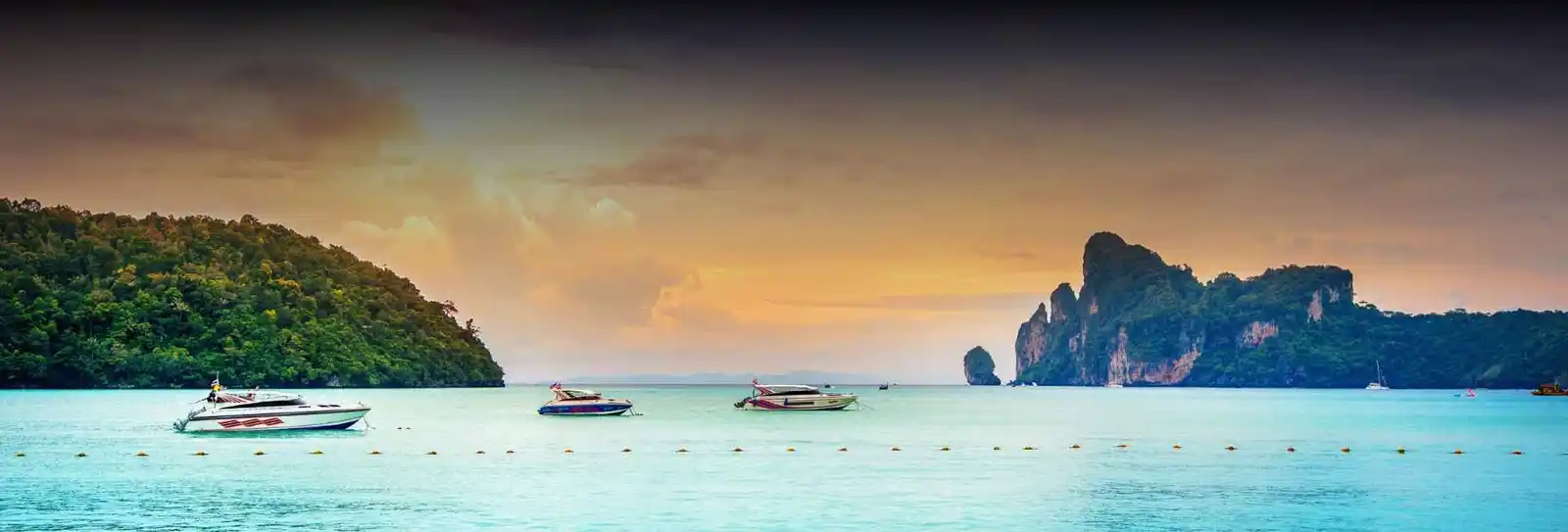
Discovering the wild Indian landscape through solitary hiking serves as a life-enhancing journey that brings together personal growth with nature bonding and thrilling experiences. India provides various trails across multiple regions, including its snow-covered Himalayas and vibrant Western Ghats, which are perfect for people who travel alone. When hiking alone, you must focus first on safety. Popular trekking destinations such as Triund and Kedarkantha, and the Valley of Flowers maintain a relatively safe environment, but isolated paths can lead to unpredictable weather conditions and limited network access, and animal encounters. Solo trekkers need to perform extensive research on their chosen paths while sharing their schedule with others and bringing necessary equipment, and using GPS systems.The addition of local trekking communities and required guide services helps many people stay safe throughout their journey. The combination of difficulties produces substantial benefits, which include spectacular scenery, the power to choose your speed and the achievement of personal challenges. The experience of independent obstacle resolution during solo trekking helps to develop self-assurance and provide a distinctive satisfaction. Adventurous souls who put in the necessary work to prepare for solo trekking in India will experience both safety and enriching experiences that justify their time investment.Solo Trekking in Different Regions of IndiaIndia has unique land formations that enable individual hikers to explore various distinct territories which each presents their special qualities, together with their own set of difficulties, along with cultural depth.Himalayan Region (North India): Seasoned solo trekkers view the Himalayas as their ultimate destination because of the high-altitude treks, which include Hampta Pass, Kedarkantha and Triund. The trails in these areas show clear markings along with strong community support, which maintains their safety standards. The weather remains challenging in this area, and trekking requires proper acclimation for safety purposes.Western Ghats (South India): The Western Ghats of South India provide the best conditions for new hikers who want to explore Kudremukh and Tadiandamol, and Chembra Peak because of their green landscapes and gentle hiking environments with weather patterns that can be forecasted. These areas make perfect spots for one-day solo trips because they have convenient emergency services.North-East India: Dzükou Valley in Nagaland and Mechuka in Arunachal Pradesh provide exceptional landscape beauty combined with peaceful quiet. Travellers need to conduct proper research and planning because these areas do not have strong infrastructure and often demand local permits for entry.Central and Western India: The Maharashtra region provides Ratangad, Rajmachi, and Torna Fort as ideal cultural exploration spots, combined with easy weekend trekking experiences. Solo hikers find these areas to be the safest choice during both monsoon and winter months.Experiences to Remember on a Solo Trek in IndiaSolo trekking across India stands as an emotional journey that surpasses nature exploration to deliver unforgettable experiences. These essential moments represent what numerous independent hikers value during their travels:Connection with Nature: Watching the sunrise above the Himalayas or wandering through mist-shrouded Western Ghats forests creates a peaceful and awe-inspiring feeling that lasts throughout your lifetime.Surprise Friendships: Solo hikes often lead to meetings with other hikers, locals, or shepherds on the trail. These short but important interactions can create lasting memories or even lifelong bonds.Quiet Times: Walking by yourself on a path gives you time to think, recharge, and gain fresh insights away from the rush of everyday life. These peaceful moments often become the most cherished.Beating Obstacles: When you face unexpected weather, hard terrain, or times of uncertainty, and push through, you build toughness and self-trust.Meeting New Cultures: Time in a far-off village, trying local dishes, or watching a traditional event, offers real cultural insights you can't get with a tour group.Challenges of Solo Trekking in IndiaSolo trekking in India is an interesting and developing experience, yet it also presents particular challenges that every trekker has to be informed of:Issues concerning security: Alone, trekking carries risks including injury, altitude sickness, or becoming lost, more so in isolated or less-visited areas where support might not be readily available.Navigation Difficulties: Not all roads have clearly defined directions. Single visitors in places lacking enough network coverage or signage must utilise offline maps or GPS devices to avoid getting lost.Unstable Weather: Particularly in the Himalayas or during the monsoon, plans may be thrown off by abrupt rain, snow, or landslides. Solo trekkers should always be ready for changing circumstances.Restricted Connectivities: Most paths lack a mobile signal almost entirely, notably those in the mountains. Should you have to call someone in an emergency, this could bring a safety issue.Exhaustion physically and mentally: Resilience and self-discipline are needed for solo hiking. Especially on multi-day trips, loneliness, fatigue, or fear can infiltrate.Permits and logistics: Alone, arranging permits, food, shelter, and transportation can be harder, particularly in remote or protected regions.Safety Tips for Solo Trekking in IndiaTrekking alone can be an extremely fulfilling experience, but make sure that you are looking after yourself, and safety comes first. Here are critical precautions to take for a safe and pleasant trek:Study the Trail in Depth: Familiarise yourself with the direction, weather, level of difficulty and water/rest locations. Select trails that are popular and well-marked if you are a beginner.Inform Someone of Your Plans: Provide someone you trust with an exact itinerary, a return time, and contact information.Carry Essential Gear: Travel light but travel well. Throw in a first-aid kit, GPS or downloadable offline maps, a headlamp, spare batteries, a whistle, a power bank, and appropriate clothing.Avoid Trekking at Night: Plan to arrive two hours before sunset to be able to put up at camp, or at your destination. After all, the danger level for injuries and reptile encounters multiplies during a trek through the night.Stay Hydrated and Nourished: Carry good water and high-energy snacks. For example, refrain from consuming untreated water from streams, unless you own purification tablets or a filter.Permits and Local Regulations: A forest permit or local permission may be required for some treks. Be sure to always follow local regulations and look for notices about wildlife or trail closures.Listen to Your Body: Do not tough it out through fatigue or altitude sickness. Take a rest when needed and turn around if possible; your life is more important than the summit.Trust Your Instincts: Trust your gut: If something doesn’t feel right with the weather, the trail conditions or the people you encounter, listen to your instincts.Read: Foods to Pack for Treks|Highest Peak Kalsubai|Wonders of Kerala|Prepare for Your First Trek|Trek Fit India


